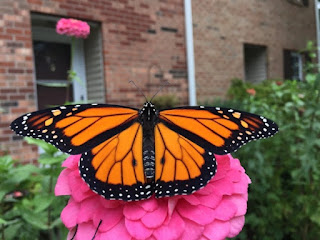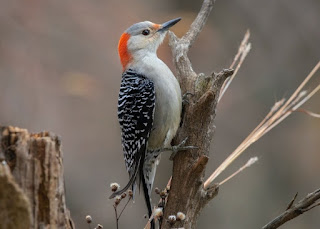Javan Cucumber Seeds and Biomimetics
.jpg)
As a child, I watched what we called helicopter leaves (maple tree seeds) spinning to the ground. Sometimes they were plentiful, so other kids and I would scoop them up and fling them in the air, watching them spin down again. Do kids play with Javan cucumber seeds? The Javan cucumber is misnamed, more closely related to the pumpkin. It is not edible and seems to live to reproduce. Gourds swell and get quite large. When conditions are right, they open up and release the seeds. The seeds are also large and can travel surprising distances. Alsomitra macrocarpa seed, Wikimedia Commons / Scott Zona ( CC BY 2.0 ) While birds, insects, and flying mammals are the obvious choices for studies related to flight, these seeds have garnered a great deal of attention over the years for biomimetics (applying things found in nature for human applications). The seeds have inspired several aircraft designs. In addition, wind currents around the gourds that take the seeds on their journeys are also stu...
,%20Flickr%20%20Lip%20Kee%20(CC%20BY-SA%202.0).jpg)
.jpg)
.jpg)
.jpg)
.jpg)
.jpg)

.jpg)

%20.jpg)
.jpg)
,%20Flickr%20%20Lip%20Kee%20(CC%20BY-SA%202.0).jpg)
.jpg)
.jpg)


.jpg)

.jpg)